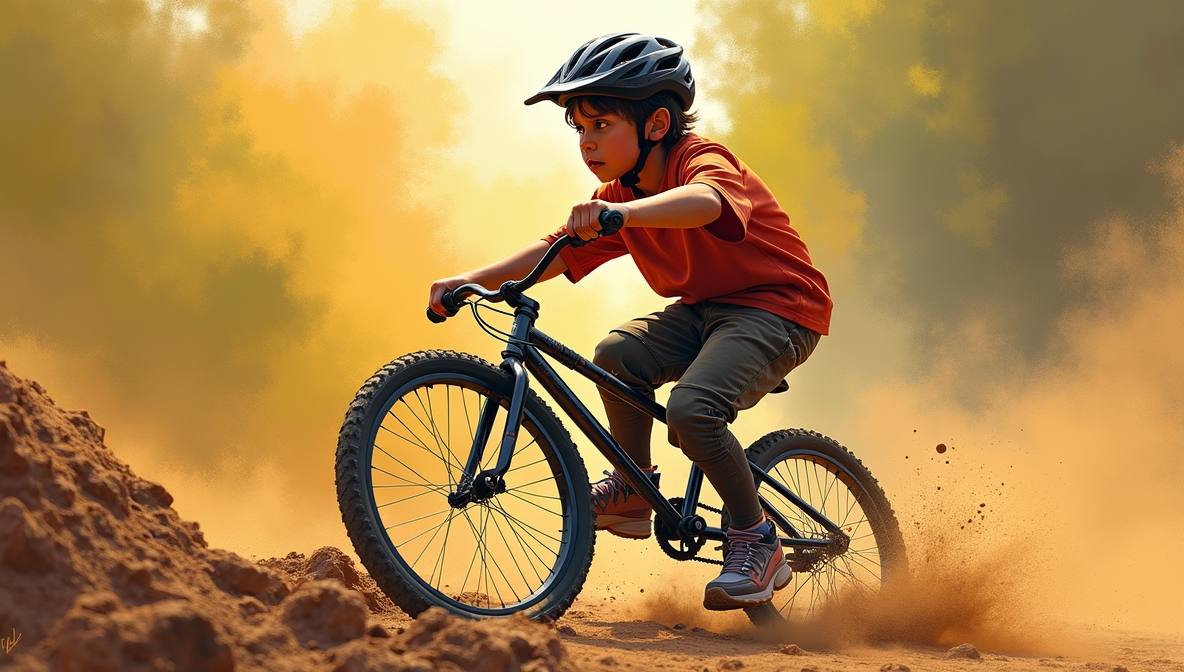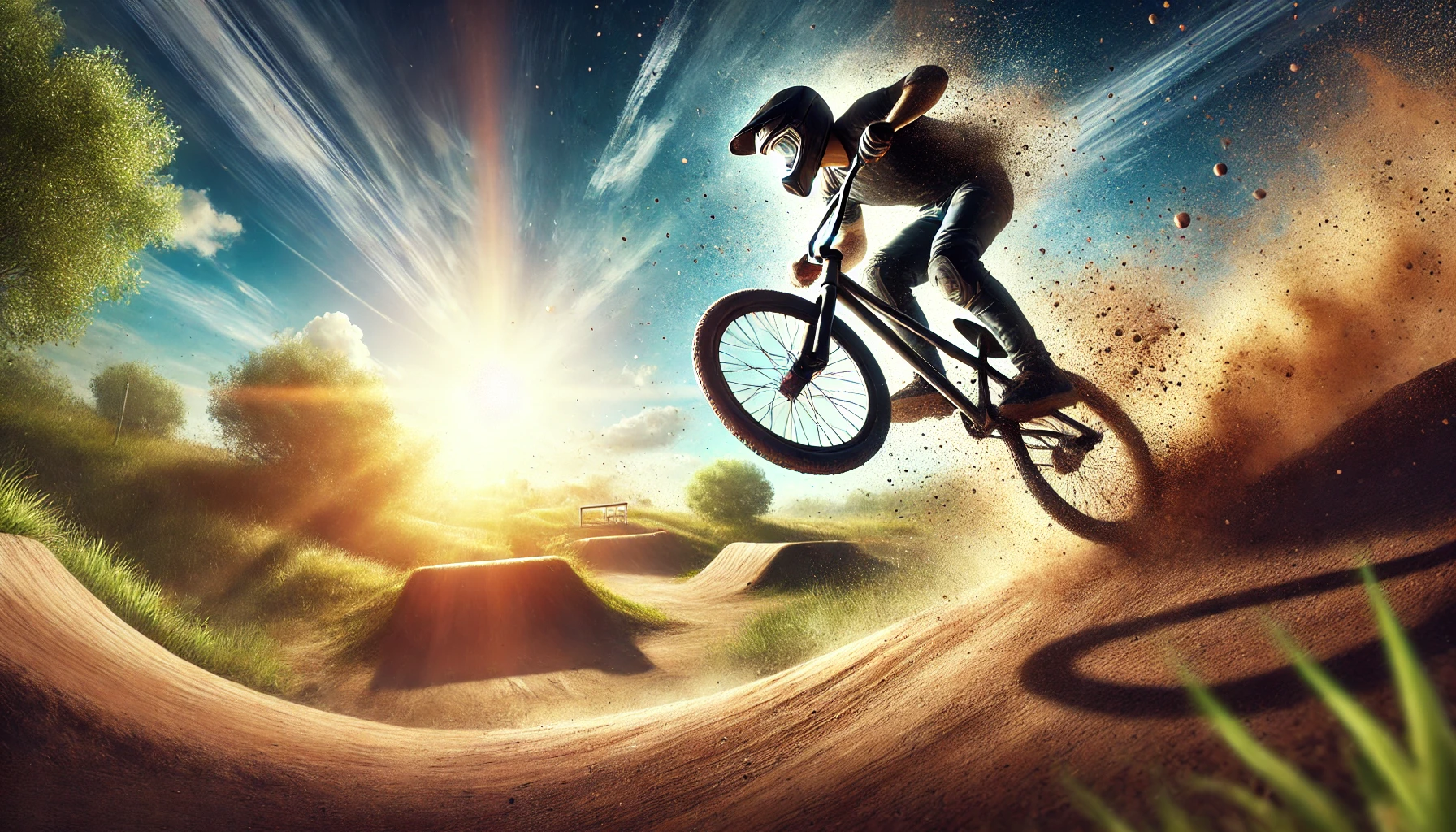Mental Health in BMX: Coping with Pressure and Competition

Some riders land tricks with ease, while others fight battles in their heads before even dropping in. BMX isn’t just about skill; it’s about handling the pressure that comes with it. The expectation to perform, the fear of failure, and the competition—both external and internal—can weigh heavily on a rider’s mental state.
So how do BMX riders cope with all of this? Some push through. Some break down. And some find ways to manage the pressure before it takes control. The mind is just as much a part of BMX as the bike itself. Understanding how to handle the mental side of the sport is just as important as nailing a trick.
Understanding the Pressure in BMX
Every BMX rider feels pressure, but it doesn’t always come from the same place. Knowing where it comes from is the first step in managing it.
Personal Expectations
The biggest competition in BMX is often against yourself. Riders set goals—whether it’s landing a new trick, placing in a contest, or simply riding better than last session. That drive pushes progression, but it can also create frustration when things don’t go as planned.
- The feeling of not progressing fast enough
- Self-doubt creeping in after repeated failures
- The pressure to meet personal goals even when physically exhausted
External Pressures
Friends, sponsors, social media—there’s no shortage of outside influences adding to the stress.
- Expectation from sponsors to always perform at a high level
- Social media comparison, where every rider’s best moments are on display
- Feeling like you have to prove yourself to other riders
The Competition Factor
Competitions are a different kind of mental game. A simple practice session becomes a high-stakes performance, where riders aren’t just battling tricks but also their own nerves.
- The fear of messing up in front of a crowd
- Dealing with last-minute self-doubt before dropping in
- Comparing runs with other competitors and feeling the pressure to go bigger
Understanding where the pressure comes from helps in finding ways to handle it. BMX is as much about mental toughness as it is about physical ability.
Mental Strategies for Dealing with Pressure
A strong mind doesn’t just happen—it’s trained like any other part of BMX. Some riders figure it out naturally, while others have to work on it. Either way, mental strategies make a difference in handling the pressure.
Mindset Control
How you talk to yourself before a run matters. A negative mindset can make a trick feel impossible before you even start.
- Replacing “I can’t” with “I’m learning”
- Focusing on what you can control instead of worrying about the outcome
- Treating failure as part of the process, not a reason to stop
Staying Present
Overthinking ruins tricks. Thinking about what went wrong last time or worrying about what happens if you fall again only adds to the pressure.
- Focusing on one trick at a time instead of the full run
- Controlling breathing to stay calm before dropping in
- Using a pre-run routine to stay in the moment
Dealing with Competition Nerves
Some riders thrive on competition. Others struggle with the nerves. The ones who perform best aren’t necessarily the best riders—they’re the ones who handle pressure well.
- Treating competitions like another session instead of a high-stakes battle
- Finding small wins instead of fixating on the final result
- Watching other riders as motivation instead of comparison
Mental strength isn’t just for competition. Even casual sessions can be mentally exhausting. Learning how to handle pressure makes BMX more enjoyable and less frustrating.
Coping with Failure and Setbacks
BMX is built on failure. No rider lands everything first try. The ones who progress the most are the ones who know how to handle failure without letting it ruin them.
Redefining Failure
Failure in BMX doesn’t mean you’re bad at riding. It means you’re pushing limits. Every rider slams. Every rider struggles. But not every rider knows how to keep going.
- Seeing crashes as progress instead of defeat
- Recognizing that even pros fail—just less publicly
- Separating self-worth from BMX performance
Breaking the Cycle of Frustration
Everyone has bad days. Some days, even basic tricks feel impossible. The key is not letting a bad session turn into self-doubt.
- Knowing when to step away and reset instead of forcing it
- Changing up the session—riding a different spot, trying something new
- Laughing off the frustration instead of letting it build
BMX teaches resilience. The riders who stick around are the ones who learn how to take hits—physically and mentally—and keep going.
The Role of Community and Support
BMX isn’t a solo sport, even when it feels like it. The right people make all the difference in dealing with the mental side of riding.
Finding the Right Crew
The people you ride with shape your mindset more than you realize. Some push you in a good way, while others make you doubt yourself.
- Riding with people who encourage progression instead of tearing you down
- Surrounding yourself with those who respect both wins and struggles
- Avoiding toxic competition and negative energy at the park
Talking About It
Mental struggles in BMX are real, but they’re not always talked about. Keeping it bottled up only makes it worse.
- Checking in with friends about mental struggles, not just tricks
- Being open about fears and frustrations instead of hiding them
- Encouraging other riders when they’re having a rough session
A strong community makes BMX more than just a sport. It becomes a support system that helps riders push through the mental battles.
Balancing BMX and Mental Well-Being
Progression is great, but not at the cost of mental health. Some riders push so hard that they burn out. Others ride to escape stress, only to find that BMX itself is causing it.
Recognizing Burnout
Sometimes, pushing harder isn’t the answer. If BMX starts feeling like a job instead of a passion, something needs to change.
- Losing motivation to ride, even when physically able
- Feeling pressure every session instead of enjoyment
- Avoiding BMX altogether because it feels overwhelming
Taking Breaks Without Guilt
Stepping away from BMX for a bit doesn’t mean you’re giving up. It means you’re giving your mind the same recovery time as your body.
- Allowing rest days without feeling like you’re falling behind
- Doing other activities to reset your mindset
- Remembering why you started riding in the first place
BMX should add to your life, not take away from it. Finding the balance between pushing yourself and protecting your mental health keeps the passion alive.
Final Thoughts
BMX is more than just riding—it’s a mental battle as much as a physical one. Pressure, competition, and failure are all part of the sport. Some riders push through it. Others struggle. But the ones who last are the ones who learn how to handle it.
Mental strength isn’t about ignoring fear or pretending pressure doesn’t exist. It’s about knowing how to manage it. It’s about recognizing when to push and when to step back. And it’s about surrounding yourself with people who support you—not just when you land something, but when you fall.
Every rider faces mental challenges. The difference is in how they handle them.


